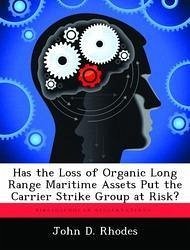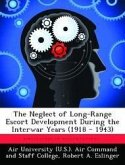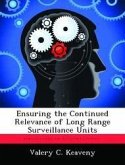Since the beginning of Naval Aviation the Surface Surveillance and Control (SSC) mission has had a primary aircraft assigned to it. During WWII, the SSC assets were both land (non organic) and sea (organic) based. From the end of WWII to the end of the cold war, the same can be said, but at the end of the cold war the Navy had to cut spending and reduce the aircraft inventory. In 1997 the Carrier Strike Group (CSG) lost its organic long range Anti Submarine Warfare (ASW) platform with the removal of all ASW gear from the S-3B. Later, in 2001, the sundown, or retirement, for the S-3B aircraft was decided. Since the retirement of the S-3B, other organic aircraft to the Carrier Strike Group have been filling the role left behind by the S-3B. Primarily these aircraft have been the F/A-18 Hornet and the E-2C Hawkeye. Are they up to the challenge? Not only are these aircraft up to the challenge, but the Navy has a solid plan for future provided the Navy guards against arrogance.








